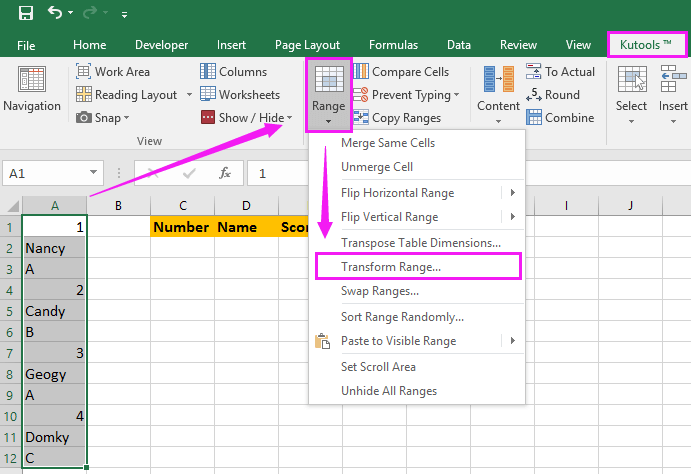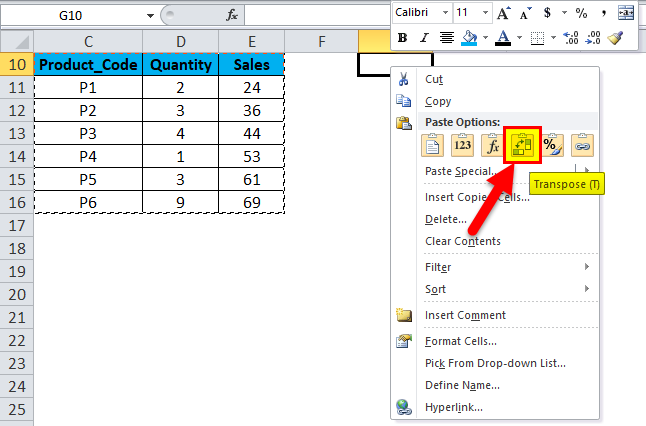

Then add the following formula in formula bar. Now Select the cell in which you want to arrange the data set. You can copy the chosen cells by pressing the "Ctrl + C" keys simultaneously.Ĭhoose the cell that you need to copy this data set into. No matter how many columns there are or how wide the range is, we are able to use the TRANSPOSE function. When you select the transpose option, a copy of your dataset is stored in that particular cell.Ĭolumns can be directly converted into rows by using the TRANSPOSE function, and vice versa. When you enable the right click button on the mouse, the option to paste will show from this menu, you will need to choose the fourth option, which is "Transpose." See the following image. Now select a blank cell and right click there. Here, select all the ranges of column to which you want to transpose and copy them by pressing CTRL+C. The transpose function will switch the vertical range of your columns and the horizontal range of your rows. In our example, we have employee’s name, salary, bonus, and total salary in an Excel sheet in columnar format. Let’s understand step by step with an example. We can also use the short cut keys Alt + H + V + T, which will directly take us to the TRANSPOSE function. This will convert the selected Columns into Rows. To proceed further, go to the cell where we want to paste the data, then from the Paste option, which is under the Home menu tab, select the Transpose option. In Excel, to convert any Columns to Rows, first select the column which we want to switch and copy the selected cells or columns. Because of these preferences, you may find yourself in a situation where you need to switch the data in Excel. Some people prefer to have the data reversed horizontally across columns. For instance, some people construct spreadsheets in Excel with the primary fields arranged in a horizontal fashion.

Different people will look at the data in different ways. The columnar data may be a mess, with various properties scattered across several columns.

It is preferred, in general, for each row of data to be analogous to a record and to contain a single data point. You may be curious how it is going to help if we take data that is organised in many columns and turn it into rows.


 0 kommentar(er)
0 kommentar(er)
